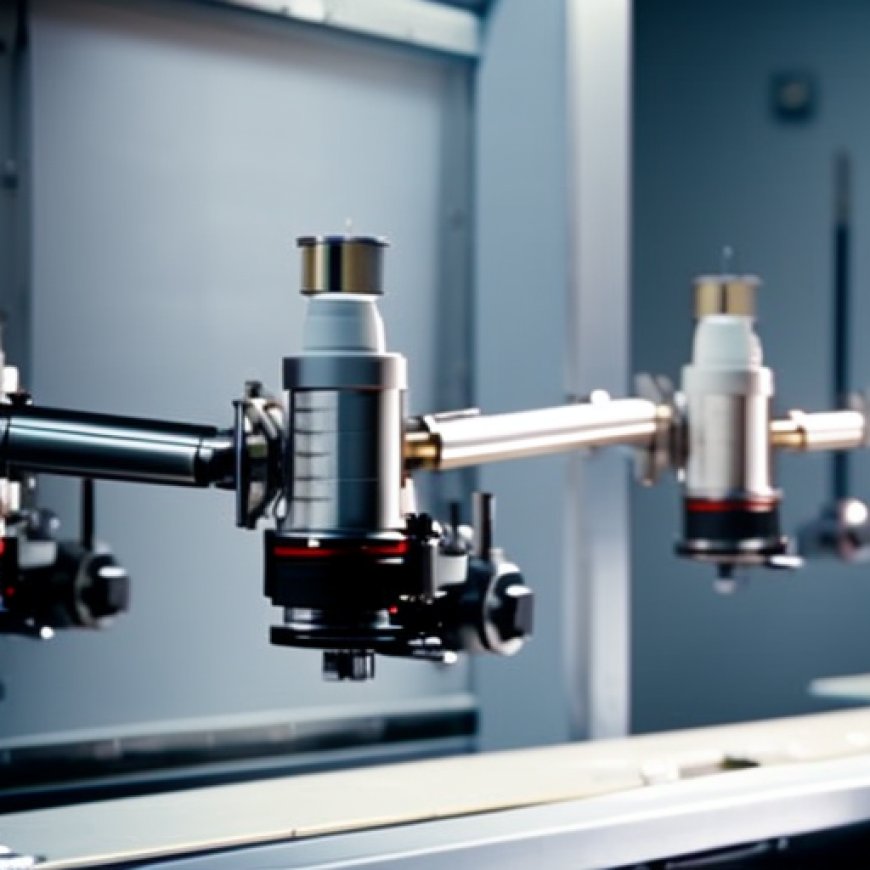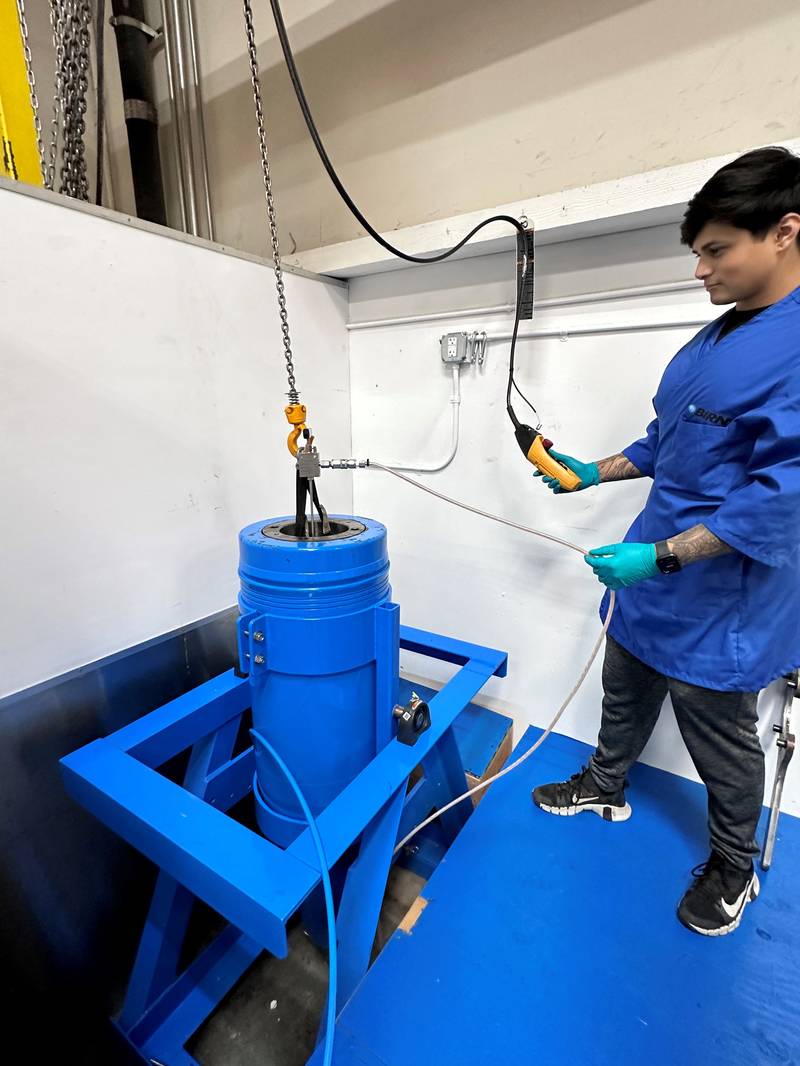BIRNS Debuts Hydrostatic Testing Facility


BIRNS Invests in State-of-the-Art Hydrostatic Pressure Testing Facility

BIRNS has recently made a significant investment in a new state-of-the-art hydrostatic pressure testing facility. This facility is designed to support the achievement of the Sustainable Development Goals (SDGs) by enabling the testing of connectors and cable assemblies used in extreme depth environments.
Enhanced Testing Capabilities
The new system includes a custom-designed pressure vessel capable of conducting tests up to 20,000 psi (1380 bar). This advanced vessel features angular positioning and the ability to simulate sinusoidal motion, allowing for more realistic testing scenarios. Additionally, the facility enables technicians to utilize multiple testing vessels simultaneously, resulting in a significant increase in testing throughput.
Extreme Low Temperature Testing
In addition to the enhanced testing capabilities, BIRNS has also developed an extreme low temperature, extreme depth testing system capable of 10,000 psi. This bespoke testing fixture enables continuous precision testing of connectors and cable assemblies at a depth of 6km, in a controlled environment with a temperature of 2°C (±1°C) for a duration of 48 hours or more.
Contributing to the SDGs
By investing in this state-of-the-art hydrostatic pressure testing facility, BIRNS is actively contributing to the achievement of the SDGs. The facility enables the development and testing of reliable connectors and cable assemblies that can withstand extreme depth environments, supporting SDG 14 (Life Below Water) by promoting sustainable use of marine resources. Furthermore, the increased testing throughput helps to reduce production time and costs, supporting SDG 9 (Industry, Innovation, and Infrastructure) by promoting technological advancements in the maritime industry.
SDGs, Targets, and Indicators
1. Sustainable Development Goal: Industry, Innovation, and Infrastructure (SDG 9)
- Target 9.1: Develop quality, reliable, sustainable, and resilient infrastructure.
- Target 9.5: Enhance scientific research and upgrade technological capabilities in all countries.
- Indicator 9.1.1: Proportion of the rural population who live within 2 km of an all-season road.
- Indicator 9.5.1: Research and development expenditure as a proportion of GDP.
The article highlights BIRNS’ investment in a new state-of-the-art extreme depth hydrostatic pressure testing facility. This investment aligns with SDG 9, which focuses on industry, innovation, and infrastructure. The facility’s capabilities, such as the custom designed pressure vessel and the ability to simulate motion, demonstrate the development of quality, reliable, sustainable, and resilient infrastructure (Target 9.1). Additionally, the investment in this facility showcases BIRNS’ commitment to enhancing scientific research and upgrading technological capabilities (Target 9.5).
2. Sustainable Development Goal: Climate Action (SDG 13)
- Target 13.1: Strengthen resilience and adaptive capacity to climate-related hazards.
- Target 13.3: Improve education, awareness-raising, and human and institutional capacity on climate change mitigation, adaptation, impact reduction, and early warning.
- Indicator 13.1.1: Number of deaths, missing persons, and directly affected persons attributed to disasters per 100,000 population.
- Indicator 13.3.1: Number of countries that have integrated mitigation, adaptation, impact reduction, and early warning into primary, secondary, and tertiary curricula.
The article mentions the extreme low temperature, extreme depth testing system capable of 10,000 psi, which allows continuous precision testing of connectors and cable assemblies at 6km in a controlled 2°C (±1°C) environment. This demonstrates BIRNS’ efforts to strengthen resilience and adaptive capacity to climate-related hazards (Target 13.1). Additionally, the testing system showcases BIRNS’ commitment to improving education, awareness-raising, and human and institutional capacity on climate change mitigation and adaptation (Target 13.3).
SDGs, Targets, and Indicators
| SDGs | Targets | Indicators |
|---|---|---|
| SDG 9: Industry, Innovation, and Infrastructure | Target 9.1: Develop quality, reliable, sustainable, and resilient infrastructure. | Indicator 9.1.1: Proportion of the rural population who live within 2 km of an all-season road. |
| SDG 9: Industry, Innovation, and Infrastructure | Target 9.5: Enhance scientific research and upgrade technological capabilities in all countries. | Indicator 9.5.1: Research and development expenditure as a proportion of GDP. |
| SDG 13: Climate Action | Target 13.1: Strengthen resilience and adaptive capacity to climate-related hazards. | Indicator 13.1.1: Number of deaths, missing persons, and directly affected persons attributed to disasters per 100,000 population. |
| SDG 13: Climate Action | Target 13.3: Improve education, awareness-raising, and human and institutional capacity on climate change mitigation, adaptation, impact reduction, and early warning. | Indicator 13.3.1: Number of countries that have integrated mitigation, adaptation, impact reduction, and early warning into primary, secondary, and tertiary curricula. |
Source: marinetechnologynews.com








